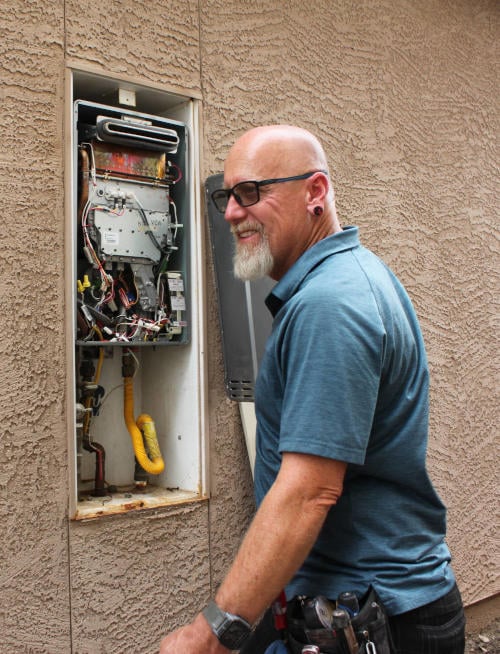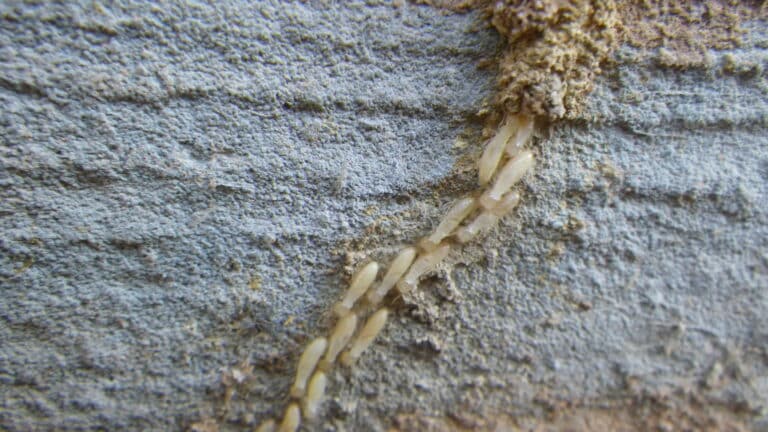Showers pose many challenges to the home inspector. There are many aspects of the shower that can be installed wrong and many times, the only way to fully test a shower is to get in and splash water everywhere. I can’t do that, I’d mess up my hair! So I do my best to test and find the weaknesses of a shower before the home buyer(my client) is stuck with an unwanted bathroom remodel. I will run water in all corners and many times put a stopper in and fill up the pan to check for leaks.
There are different types of shower pans such as fiberglass(acrylic), cultured marble, solid surface(Corian) and of course, tile. Then there are the walls, or surround. Shower walls can be covered with acrylic panels, cultured marble, Corian, tile and stone.


Then there are tile showers and their whole world of problems. Some people think you can simply glue tile to the floor and walls, grout it, and call it a shower. Tile showers need to have a lead pan or vinyl liner underneath them that goes up the wall 4-6″. And don’t forget the curb side, it needs to be water tight too. A mortar base is set in the liner and tile is set on top.

When I see gaps in grout joints on tiled curbs or knee walls, I know water is getting in causing the underlying wood to swell. This opens the joint further and…..a vicious cycle.
Other times I fill a tile shower pan about 1″ deep and wait a few minutes. I may start seeing wet grout joints in the bathroom floor outside the shower, or in the hallway outside the shower, or even find wet carpet in the next room!!! Thermal imaging has helped to find this many times. The bad part is I have to break the news to someone who is in love with the home and tell them the shower has to be torn out and done over.

Then there are the acrylic surrounds. these are often found with sloppy caulking in all the wrong places and lacking it in the important place. These three sides have channels in the back corners that carry water down to the flange in the pan. That water will travel around horizontally and find its way out the front unless you read the directions.

This step must be done before the side walls go on, but is often skipped, or done after the walls are up, which is useless because the water will travel behind it.
Daren Wright
Wright Inspections LLC
http://www.WrightInspectionsAZ.com
www.Facebook.com/WrightInspections





